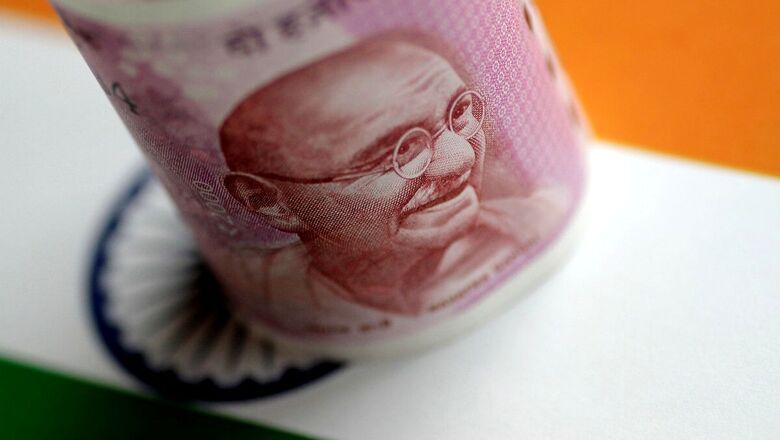
views
The pandemic-hit states are staring at a record 36 per cent jump in their indebtedness to Rs 68 lakh crore, which will be a decadal high this fiscal year as their revenue is seen plunging 15 per cent, according to a report. This will have their economic output shrinking by at least 2-4 per cent this fiscal year, Crisil said in the report on Tuesday.
This is mainly attributable to the falling goods and services tax (GST) collections and sticky revenue expenditure of the states that has gone up massively after the lockdowns, which began in late-March, the report said. The report is based on the state of finances of the top-18 states, including Goa and excluding Delhi, which account for 90per cent of the aggregate gross state domestic product (GSDP).
The states are set to face a revenue deficit of 6 per cent this fiscal, up from 1.5per cent last year, it said. Capital outlay will fall to 2.7 per cent from 3.8 per cent, increasing their gross fiscal deficit to 8.7per cent from 5.3 per cent in 2019-20 and total debt to Rs 68 lakh crore from Rs 58 lakh crore in 2019-20. The indebtedness of the states is going to hit a decadal high this fiscal year, rising at least by a hefty 36 per cent or Rs 10 lakh crore to Rs 68 lakh crore by the end of this financial year, CRISIL said in the report.
States' overall revenue is estimated to decline by almost 15per cent on-year this fiscal in line with a shrinking economy, it added. The rating agency also said all the revenue sources of the states will take a hit, with almost 65per cent of the decline attributable to a fall in state GST collections, and GST compensation payments and tax devolutions to the states from the Centre's own tax pool. They together form nearly 50per cent of states' revenue receipts, it added.
CRISIL Director Ankit Hakhu said the overall debt of the states, including guarantees and loans provided by the Centre to partly compensate for the GST shortfall, will increase sharply by Rs 10 lakh crore this year to Rs 68 lakh crore by the end of this financial year. This will expand the states' indebtedness to at least 36per cent, which is an expansion of 600 bps on-year. The math assumes a likely shrinkage of 2-4per cent in states' nominal GDP this year. This will remain sensitive to containment of pandemic and states' policies towards unlocking the economy, he added.
Manish Gupta, a senior director at the agency, said that amid falling revenue receipts, the states' revenue expenditure would remain largely sticky due to high committed expenditures towards salaries, pensions and interest costs, and essential developmental expenditures. These cumulatively contribute to 75-80per cent of the total revenue expenditure of the states and will be difficult to cut down, he said.
Given the stretched revenue accounts, the states may moderate their capital expenditures by around 30per cent, largely to remain within fiscal borrowing limits, Gupta added. But, despite this capital expenditure moderation, the states' gross fiscal deficit is likely to expand by around 65percent year-on-year this year, substantially increasing their borrowing needs.
However, the report expects a substantial recovery in revenue mop-up to the pre-pandemic levels next fiscal, supported by the ongoing economic revival but any delay in this will result in continuing elevated indebtedness and will be credit-negative.
Read all the Latest News, Breaking News and Coronavirus News here




















Comments
0 comment